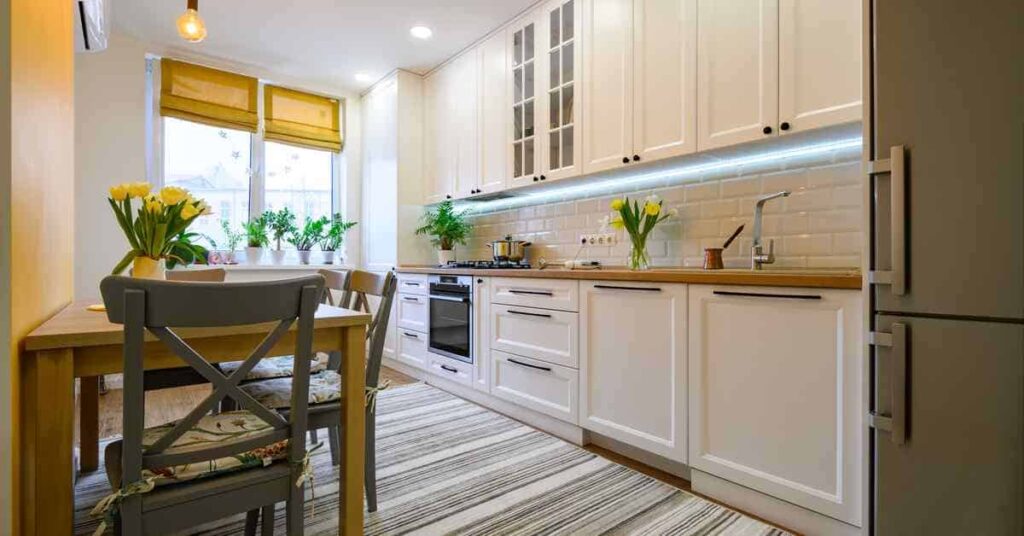Installing a pantry cabinet can dramatically increase the storage space in your kitchen, helping to keep your countertops clutter-free and your ingredients within easy reach. While the thought of installing cabinetry might seem daunting, with the right tools and a systematic approach, you can undertake this project yourself over a weekend. This guide will provide you with step-by-step instructions to install a pantry cabinet in your kitchen.
Tools and Materials Needed:
- Pantry cabinet kit or pre-assembled pantry cabinet
- Level
- Drill with screw bits
- Stud finder
- Measuring tape
- Pencil
- Shims
- Screws (ensure they are the correct length for your cabinet)
- Wall anchors (if needed)
Step 1: Choose the Right Pantry Cabinet
Select a pantry cabinet that fits the available space in your kitchen and meets your storage needs. Consider the height, width, and depth, as well as whether you want adjustable shelves, pull-out drawers, or any specific features like a spice rack.
Step 2: Prepare the Installation Area
Clear the installation area and ensure the floor is level. If installing a new floor, do this before the cabinet installation to avoid future issues. Remove any baseboard molding that might interfere with the cabinet placement.
Step 3: Locate the Wall Studs
Use a stud finder to locate and mark the studs in the wall where the pantry cabinet will be installed. This is crucial as the screws holding the cabinet in place should go into studs to provide adequate support.
Step 4: Position the Cabinet
Move the pantry cabinet into place. Use a level to check both the top and the sides of the cabinet. It’s essential for the cabinet to be perfectly vertical (plumb) and horizontal (level) to ensure proper door function and overall stability.
Step 5: Secure the Cabinet to the Wall
- If your cabinet doesn’t have a backing that can be drilled through, locate the hanging rail inside the top of the cabinet, which is specifically designed for securing it to the wall.
- Pre-drill holes through the cabinet’s hanging rail or back into the studs. Be careful not to drill through the entire depth of the stud.
- Secure the cabinet to the wall using screws. If studs are not in the ideal location, use heavy-duty wall anchors designed for holding weight.
Step 6: Adjust for Level and Plumb
Check the level and plumb again after securing the cabinet. If necessary, adjust by inserting shims under the base or behind the cabinet at the top or bottom. Once adjusted, ensure the screws are tightened securely.
Step 7: Attach the Doors and Hardware
If your cabinet came without the doors attached:
- Attach the hinges to the doors, then to the cabinet frame according to the manufacturer’s instructions.
- Adjust the hinges so that the doors hang evenly and close properly.
Step 8: Add Optional Accessories
Install any additional accessories such as pull-out drawers, racks, or organizers. These enhancements can maximize the utility of your new pantry cabinet.
Step 9: Reinstall Baseboard Molding
If you had to remove or cut the baseboard molding to fit your cabinet, now is the time to reinstall or replace it. Cut it to fit around the base of the cabinet if necessary, ensuring a neat finish.
Conclusion
DIY pantry cabinet installation can be a satisfying project that improves the functionality and aesthetic of your kitchen. With careful planning, the right tools, and attention to detail, you can install a pantry cabinet that not only looks professional but also serves your storage needs effectively. Remember, the key to a successful installation is ensuring everything is level and securely attached to the wall.















